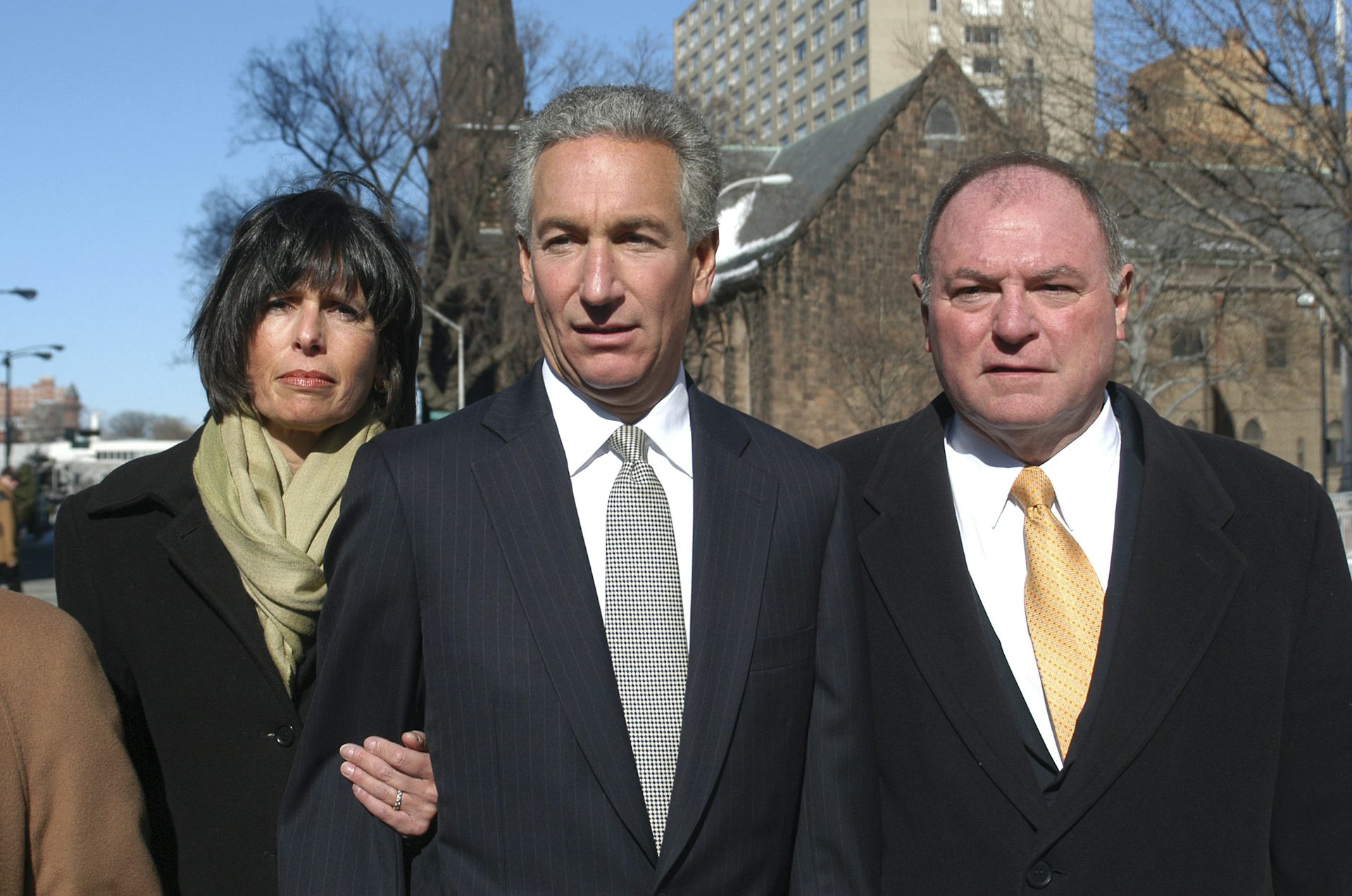Elon Musk’s plans for a new political party will likely be derailed by a US political system hostile
The Republican and Democratic parties are united in protecting their chokehold on American politics, despite the view by America’s founders that parties had no legitimate place in the republic.

As dissatisfaction with the two-party system grows in the United States, the idea of an alternative, however unlikely, gains traction. Elon Musk’s recent call for an America Party may be unserious, but it speaks to something real.
Surveys consistently show that millions of American voters feel they lack real choices. They believe the two major parties don’t reflect their values, and they are exhausted by the constant polarization.
The bigger question isn’t whether Musk succeeds. As a public policy scholar, I think it’s why the U.S. political system is so hostile to new voices and ideas in the first place.
Why third parties rarely succeed
If he follows through on his idea, can Musk’s America Party actually take off? Probably not. History isn’t on his side.
That’s because the U.S. political system is structurally rigged against third parties, with deeply entrenched legal and procedural barriers that make it nearly impossible for new parties to gain traction.
In most states, getting a new party on the ballot is a formidable task. It involves gathering thousands of signatures, meeting stringent deadlines and complying with obscure filing requirements.
Even if a party gets on the ballot in one state, replicating that effort nationally is extremely hard. Each state has different laws, deadlines, signature requirements and legal demands.
Ballot access, campaign finance, media coverage and election rules overwhelmingly favor the existing Republican and Democratic parties. Even the Federal Election Commission is designed for partisan deadlock with an even number of members from each of the two major parties.
In a 2025 article on election administration in America, my colleagues and I analyzed all 50 state election codes. We found widespread legal and administrative barriers that systematically exclude independents and minor parties.
In 45 states, only major party members can serve on election boards, local or state bodies responsible for overseeing the administration of elections. In 27 states, judges must be registered with a major party. Campaign finance laws, access to voter data and registration rules also tilt the field to the major parties.
These structural barriers exist in both red and blue states. We found no statistical correlation between partisan leanings and these restrictions. That’s telling. It suggests that both parties, regardless of their ideological differences, are united in protecting their duopoly.

The founders’ warning
This entrenched two-party control runs contrary to the vision of the U.S. Constitution’s framers, who intentionally excluded political parties from the founding document.
This was no accident. The founders viewed parties as “factions” that had no legitimate place in the republic.
George Washington in 1796 warned that parties would inflame animosity and that the nation could not do enough to protect itself from this. John Adams worried that “a division of the republic into two great parties … is to be dreaded as the great political evil.” Likewise, Alexander Hamilton feared parties as “the most fatal disease” of government and hoped America could dispense of such groups.
An appetite for alternatives
Enter Elon Musk. His suggestion to create the America Party taps directly into a growing national frustration with the two-party entrenchment.
Public trust in major political parties is at historic lows, particularly among young voters and independents, who do not identify with any major party and may register as “no party preference,” “unaffiliated” or “independent” depending on state laws.
Despite Musk being widely unpopular, prone to conspiracy theories and exhibiting erratic and unpredictable politics, his proposal resonates with many Americans. An October 2024 poll found that 58% of U.S. adults say a third party is needed.
Additionally, the number of American voters identifying as politically independent continues to exceed each of the major political parties.
What do Americans really want?
Even if Musk never follows through, the idea of a new party highlights how undemocratic U.S. elections have become. It opens the door to conversations about reforms that give independents and third parties a fair shot and reflects the growing demand for alternatives to the two-party system.
Voters are frustrated by limited choices that fail to capture their full range of political views.
There are models to learn from. Most democracies use a nonpartisan election administration and don’t let political parties control the rules.
In the U.S., partisans referee contests in which members of their party directly compete. That conflict of interest would be unacceptable in business or sports. So why is it tolerated in elections?

Structural reforms and designs have been implemented to varying degrees in the U.S. with a goal of making democracy more responsive, fair, transparent and representative.
Reforms such as open primaries, which allow voters of any party affiliation to participate in any party’s primary election, proportional representation in places such as Cambridge, Massachusetts, and Portland, Oregon, where political parties gain seats in proportion to the number of votes they receive, and independent redistricting commissions have helped create more competitive electoral districts by reducing partisan gerrymandering.
So, too, have ranked-choice voting and fusion voting. In ranked-choice voting, voters rank candidates by preference. If no one gets a majority, the lowest-ranked candidates are eliminated and votes are redistributed until someone wins. In fusion voting, multiple political parties can endorse the same candidate, who then appears on the ballot under each endorsing party’s line.
However, implementation of such reforms has been limited. Opposition to these reforms by the Democratic and Republican parties has, in many cases, been fierce.
It’s the system
The two-party system has insulated itself from competition.
The consequence is that today America has an impenetrable two-party system, the very scenario the framers and reformers feared most. Rather than focusing solely on Musk’s ambitions, the more pressing question is how to build an electoral system that reflects a modern, diverse democracy.
If Americans want more choices, and polling suggests they do, then they may want to examine the legal and procedural barriers that lock in the current system, which fails to address and accommodate their political preferences.
Thom Reilly does not work for, consult, own shares in or receive funding from any company or organization that would benefit from this article, and has disclosed no relevant affiliations beyond their academic appointment.
Read These Next
Pardons are political, with modern presidents expanding their use
Trump and Biden have issued pardons at a faster clip than their predecessors. Many of their decisions…
Christmas trees are more expensive than ever in Colorado — what gives?
Most Christmas trees are imported from other states, which drives up costs.
Getting peace right: Why justice needs to be baked into ceasefire agreements – including Ukraine’s
Just war theory, a centuries-old field of ethics, deals with how and when to start conflicts. It can…






